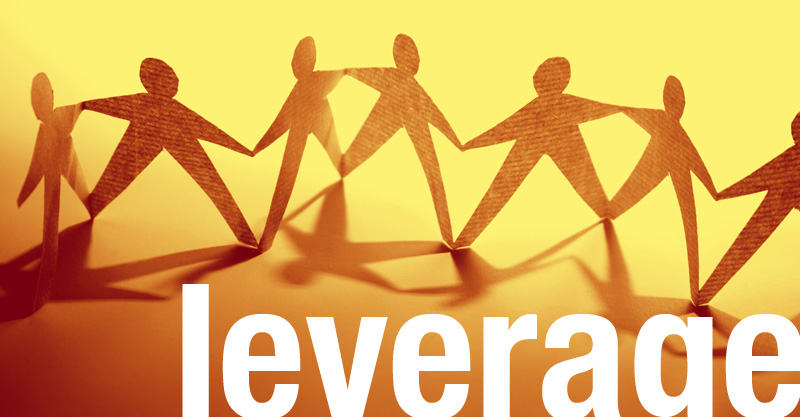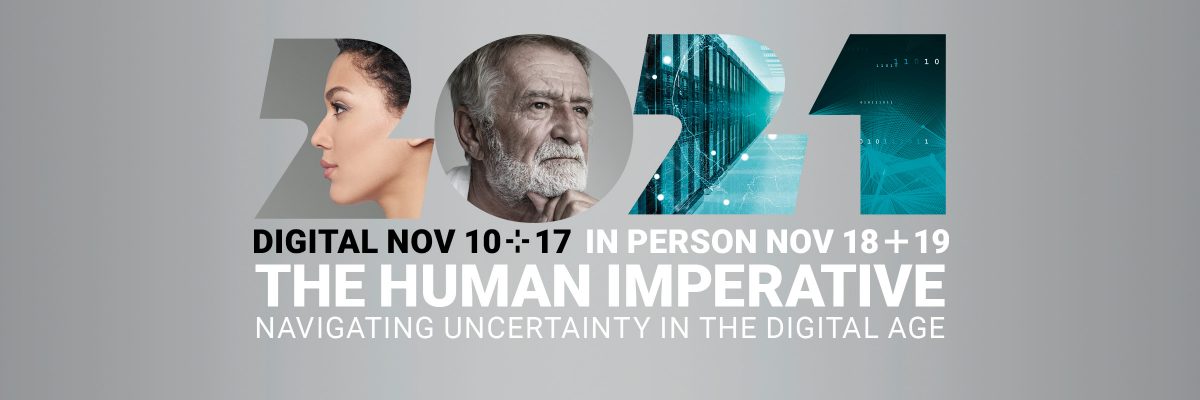
While much of the excitement in the business press considers the recent changes brought about by the digital revolution, what we’re really witnessing is the final act of a step change in how our economy can be organized. Guilds, exclusionary principles (even castes!) and stable industry definitions, which for centuries were the foundation of economic organization, have gradually given way to new, flexible ways of organizing. Technology has allowed people with cars and smartphones, mediated by the likes of Uber, to challenge taxis’ monopoly. Growth in “mobility services” has put a doubt over car ownership, and automobile OEMs have started to re-define themselves. Financial services are being transformed by fintech, and the adventuresome regulatory environment (which, far from trying to quell innovation as it did in the past, is creating new “regulatory sandboxes” to try new things out) ushers in change and new players, and the very value-ad of finance is put in question by blockchain. As sectors transform, new players emerge: trailblazing firms such as Ant Financial leverage digitally-connected participants, disrupting sectors as they build competitive advantage.
These are far-reaching changes. In healthcare, the confluence of remote diagnostics, data management and personalized tracking of drug use is opening up new realms of activity for those suffering from chronic ailments, acute conditions or even simply wishing to improve their well-being. From drug manufacturers to hospitals to insurers, and even carmakers providing seats that monitor heart rate and pressure, many players are trying to unleash new sources of value and in doing so increasingly overlap, aggressively using AI to automate tasks done by regulated white-collar professions such as doctors. Stable sectors are substituted by ecosystems, and it is no accident that the five most valuable firms in the world in terms of market capitalization (Google, Amazon, Apple, Facebook, and Microsoft) have made it a strategy to build and manage ecosystems, leveraging their complementors’ energies and skills.
Managing in these ecosystems raises a host of new challenges, as firms need to redefine both their value-add and business models. As products and services become increasingly interdependent, firms can no longer afford to keep a narrow focus on their sector. It also raises the need to integrate with digital technologies, often using AI to leverage existing data; new buzzwords such as “Industry 4.0” and “platform-based services” capture the tech-powered zeitgeist. So will this new, boundary-light world constitute the triumph of technology, as human conventions become increasingly thwarted? Paradoxically, nothing appears to be further than the truth.
These changes and the rapid reconfigurations that they entail usher in the need to better appreciate and leverage people. First, as competition shifts from winning within your sector to re-shaping your sector, it is the real needs of customers and not past conventions that will dictate how sectors and ecosystems look in the future. Customer centricity, seamless experience and re-engineering the provision of service is what will drive firms’ success. Whether you’re a B2B or B2C firm, you need to better understand immediate and ultimate customer needs. Second, we need to build a deeper understanding of how customers choose, and how firms can take advantage of that. Dick Thaler, 2017 Nobel Laureate in economics, has shown the power of “default choices” customers make, and how “choice architects” can leverage their habits; such behavioural insights help explain why firms such as booking.com have more profits than mega-hotel giants like Groupe Accor, which employs 60 times more people. And third, the fluidity in sectors means that there’s more need for strategy than ever before. With industry boundaries up for grabs and business models in flux, we need to draw on human intuition, the skill of brokering collaborative solutions across sectors and domains, and leadership to bring novel structures to the fore.
In this fast-changing world, organizations will need to become less not more mechanistic. AI encroaches on the repetitive and the routine; technology is better than even skilled employees at quality control, defect identification, and pattern recognition. What we need from employees (and entrepreneurs) is creativity, initiative, and flexibility. Organizations embodying principles articulated a century ago by F.W. Taylor, aiming to reproduce the regularity of a well-oiled machine, are increasingly irrelevant when technology is used judiciously. The value-add of organizing is to empower firms to become nimble, shape-shifting participants in ecosystems, ready to straddle and configure the context around them. In the new tech era, success will hinge on our ability to rediscover human nature, as we build our value-propositions, our sectors, our business ecosystems, our regulatory apparatus, and our organizations.
This article is one in a series related to the 10th Global Peter Drucker Forum, with the theme management. the human dimension, taking place on November 29 & 30, 2018 in Vienna, Austria #GPDF18
This article was first published on Linkedin.
Photo by: Stillfx/fotolia.com


Quite pertinent an article! Gained much for sure. Thanks.
Can you elaborate, please, on what you understand by rediscovering human nature? Thank you very much in advance.
While a significant part of the fervor in the business squeeze considers the ongoing changes realized by the digital revolution, what we are truly seeing is the last demonstration of a stage change in how our economy can be sorted out.Thanks for this blog.
It refers to the advancement of technology from analog electronic and mechanical devices to the digital technology available today.